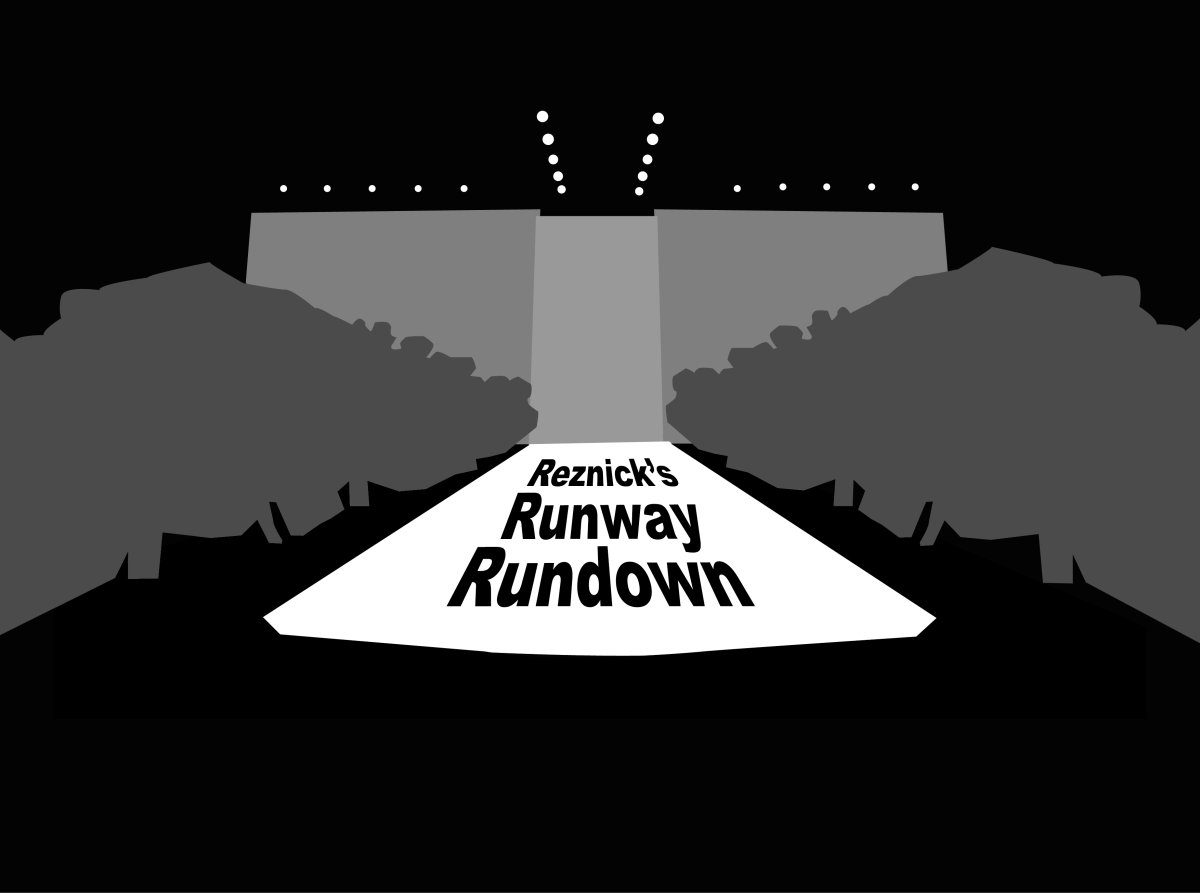The Story of Sarah & Juan, a commercial released in the fall by Wrigley’s Extra, depicts a love story between a boy and a girl.
The story, set to a mellow version of Elvis Presley’s “Can’t Help Falling in Love,” begins to unfold when the teens meet at school, and continues into their adult years. Each significant moment in the relationship is marked by Juan drawing the scene on a gum wrapper. Toward the end of the video Sarah finds herself in a room with the framed gum wrapper masterpieces on the walls. The final gum wrapper shows Juan on his knee, proposing.
It’s not surprising that this ad became so popular, as it is a heartwarming, Nicholas Sparks-esque story told in under two minutes. Not only this, but Extra knows how to pull at the heartstrings of millions – in 2013 they released the commercial Origami, a similarly popular and uplifting video.
The purpose of advertising is to make viewers think or do certain things. Though subtle, in The Story of Sarah & Juan, the product that is being sold is the gum – ingeniously sewn into the plot to invoke feelings in the audience.
Ads are everywhere, whether they’re on television, online, in the underground, or on the street – a world of countless images and videos beckoning audiences to buy, donate, vote or use. Some of these advertisements are positive – lighthearted, empowering, funny – and can possibly have a beneficial effect.
Other ads are more negative, inflicting problems for people who feel pressure from social standards or norms that are created and deemed acceptable by advertisements.
Also, ads can easily offend viewers for various reasons, for example those who disagree with what’s presented, or the message that is presented. In the summer of 2015, Protein World released an ad titled “Are You Beach Body Ready?” to promote their new Weight Loss Collection. The ad, which showed a woman in a bikini, was displayed throughout underground stations in London, and sparked controversy because, according to an article from BBC News, it “implied other body shapes were inferior.” Many ads were defaced, and 378 complaints were sent to the Advertising Standards Authority (ASA).
However, whether an ad persuades us to do “good” or “bad” things, all advertisements have the potential to be harmful in that they can be manipulative and at times incorrect – and they are not an accurate portrayal of society. With whichever purpose, advertisements play a large role in society, and it’s important to understand this. Deconstructing messages from ads can make us more self-aware of the things we are seeing and being persuaded to do.
Another ad that caught attention was the First Kiss ad, released in March 2014 by Wren Studio. The viral video was similar to Extra’s advert in that it was touching – as strangers were asked to kiss one another for the first time. However, soon after its release it was discovered that the “strangers” were actors; the video a commercial for a clothing line. And what can be said about Extra’s advertisement? While The Story of Sarah & Juan is uplifting and seemingly harmless, it still paints a picture of the “ideal relationship,” which doesn’t apply to all couples.
Most – if not all – advertisements represent or convey ideas that, in the end, distort reality because they are not a true display of the world and the diverse people in it. The media shouldn’t control our lives and it shouldn’t dictate what is acceptable. Advertisements are inaccurate representations of society, and inherently create societal norms we are expected to exhibit.




